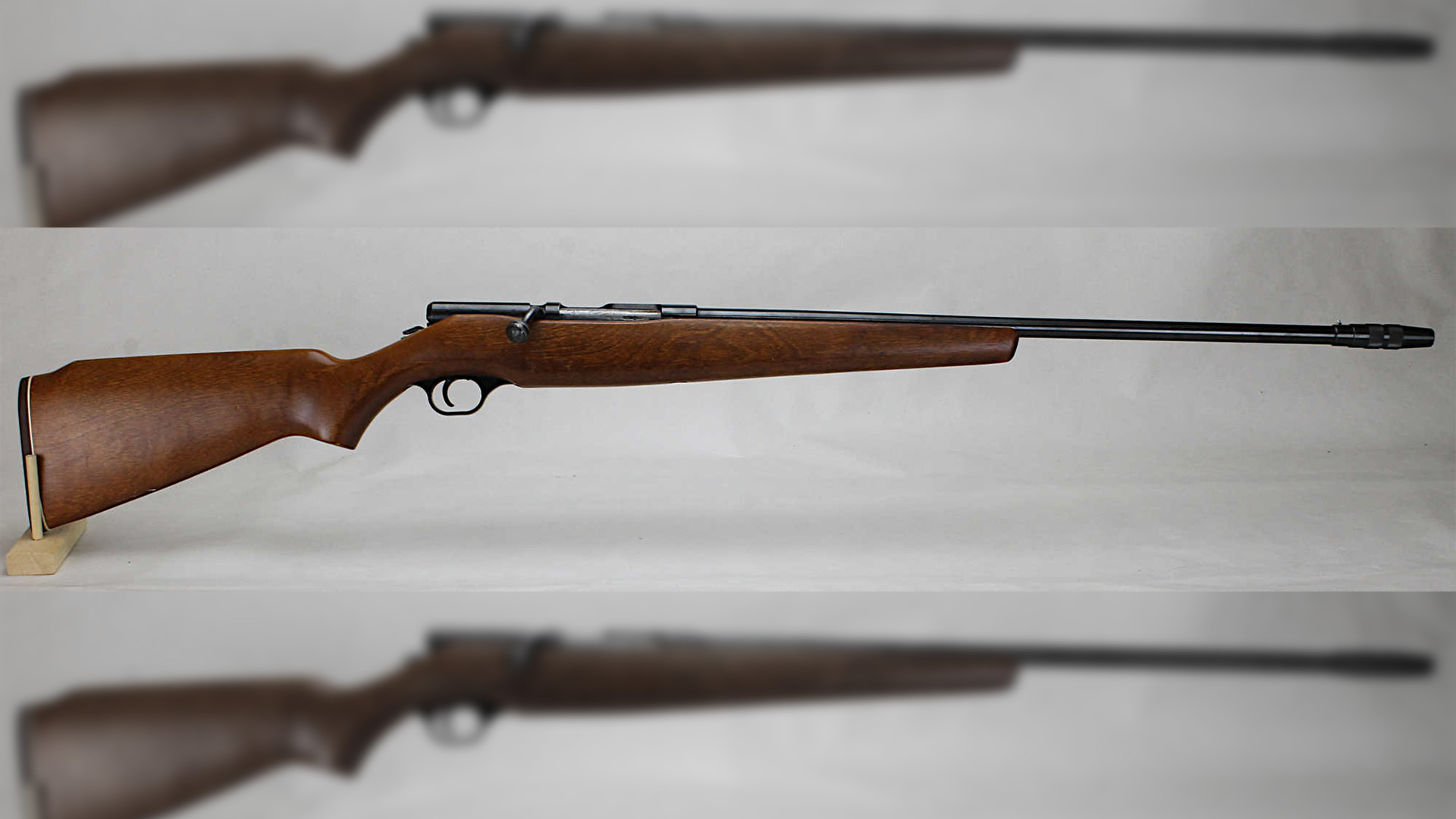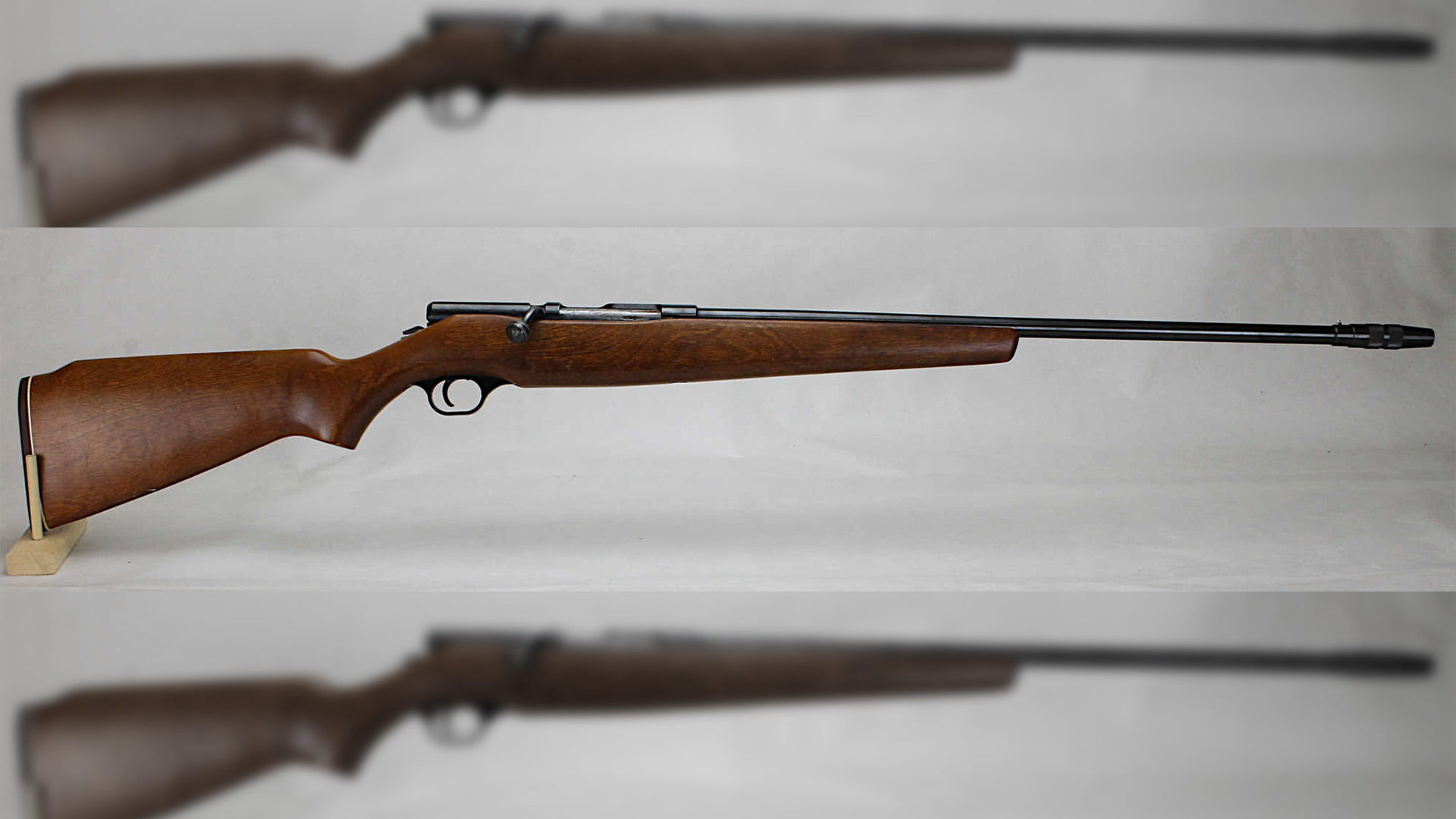
Prologue
The late 1920s and early 1930s saw smallbore rifle competition growing by leaps and bounds both domestically and internationally. The U.S. had entered serious international competition in 1919, when a British challenge to enter the Lord Dewar International Postal Match was accepted. The Railwaymen’s International Match featuring Canada, Great Britain and the U.S. was a going concern, while Great Britain and Sweden were involved in the Wakefield Trophy Match. These were formal competitive agreements between national shooting associations while, informally, local clubs challenged sister organizations in other nations.
Germany Throws Down A Gauntlet
Looking for organized international competition, the German Rifle Association (GRA) secretary, Gerhard Bock, contacted Great Britain’s Society of Miniature Rifle Clubs (SMRC) and the National Rifle Association of America in 1932 to inquire if they might be interested in competing in a postal match of 40 shots prone on the Olympic international target. A draft proposal was sent out and, with little in the way of revisions, it was quickly adopted. (While the international target has changed many times since 1933, the one referenced here lives on as the NRA A-26 target, with a 0.787-inch diameter 10-ring, used for the 50-meter stage in NRA Conventional Prone competition.)
RWS Sponsors Challenge Cup
The GRA also solicited a trophy from a subsidiary of Dynamit Nobel, a German chemical and weapons company founded by Alfred Nobel, the inventor of dynamite and founder of the Nobel Prize. The Rheinsche-Westfalischen-Sprengstoff-Fabriken provided the funds to endow a large silver bowl. On the front of the bowl, under the intertwined letters of the RWS logo, the following is engraved in German: “Wanderpreis im Kleinkaliber Mannscahtsschiessen Deutschland England Verenigte Staaten gestiftet v der Rheinsche-Westfalischen Eppenggtoff AG nurmberg,” which roughly translates as, “A traveling prize in small caliber shooting between Germany, England, United States a gift of RWS a public limited company Nuremberg.”
The winning team would get possession of the bowl for a year, each member of the winning team was to receive a medal from the Deutscher Schwitzerland, and U.S. shooters would receive an appropriate International Team brassard from the NRA.
U.S. RWS Team Selection
It is unclear as to how the early U.S. RWS teams were selected. It is safe to presume that team officials used the American Legion 50-meter, FIDAC, and possibly the Randle Two-Man Team Match, which featured the 50-meter, two-bull target as a measuring stick.
The 1936 National Match Program is the first to specify try-out protocol, stating, “The team representing the United States will be selected on the basis of scores made in the 50-meter (metallic sights) Individual and Randle Trophy Two-Man Team Matches.” Thanks to a generous donation by N.M. Austin of Seattle, Wash., the 50-meter Individual Match became the Austin Trophy in 1936, and remained in the stable of try-out matches until the end.
RWS team selection was revised in 1939 to read:
“The U.S. Squad (shooters eligible for the U.S. Team) will include all competitors who equal or exceed the 25th place score in any of the following matches: (a) Preliminary R.W.S. Course Match, (b) Austin Trophy Match. The U.S. Squad will the fire a tryout match the course of which will be twice over the R.W.S. Course. The U.S. Team will comprise the twelve highest ranking competitors in the Tryout.”
Part 2 of our deep dive on the Rheinsche-Westfalischen-Sprengstoff Challenge Trophy Match is coming soon. Subscribe to the free Insider newsletter for the latest updates.
Read more: Lord Charles Wakefield And The Wakefield Trophy Match


































